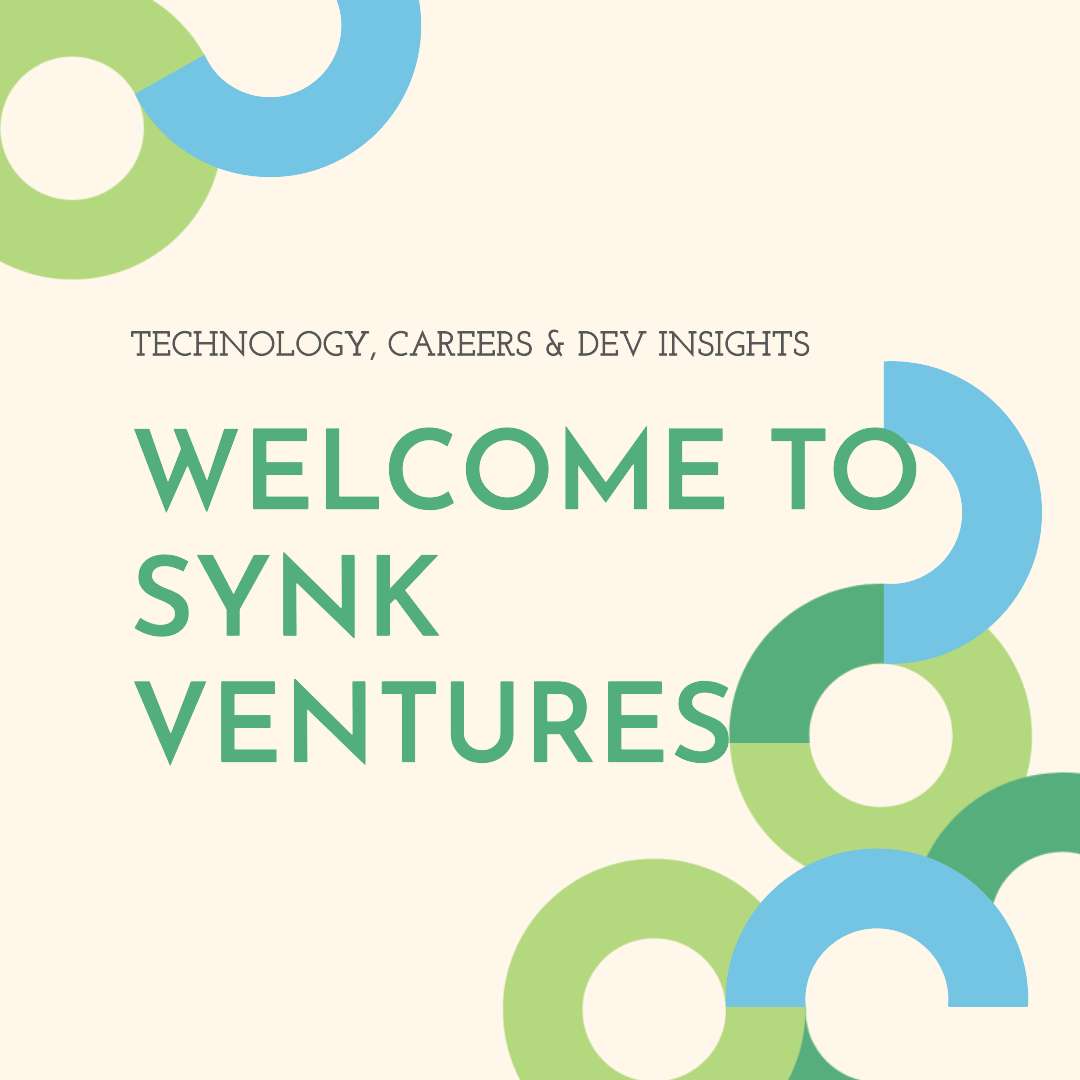In the world of software development, creating robust and efficient applications requires more than just writing code. It involves understanding the complex interactions between various components and aligning the software’s design with the real-world domain it serves. This is where Domain-Driven Design (DDD) comes into play. In this article, we’ll explore what Domain-Driven Design is, its key concepts, and provide examples to illustrate its importance in modern software development.
Understanding Domain-Driven Design (DDD)
Domain-Driven Design is an approach to software development that focuses on aligning the software’s structure and design with the core domain it addresses. The core domain refers to the main business problem that the software aims to solve. DDD emphasizes clear communication between technical and non-technical team members, ensuring that the software’s design accurately reflects the complexities of the real-world domain.
Key Concepts of Domain-Driven Design
- Ubiquitous Language: DDD encourages the development team to create a shared vocabulary, or “ubiquitous language,” that accurately represents the concepts and processes of the domain. This language is used consistently across all levels of the development process, from discussions with stakeholders to writing code.
- Bounded Contexts: Different parts of a software system may have distinct meanings for certain terms or concepts. Bounded contexts define specific areas within the system where a term has a particular meaning. This prevents ambiguity and ensures that terms are used consistently within their respective contexts.
- Entities and Value Objects: In DDD, the domain is composed of entities and value objects. Entities are objects with a distinct identity, while value objects are objects that are defined solely by their attributes. For instance, in an e-commerce system, a “Product” could be an entity, while the “Price” of that product could be a value object.
- Aggregates: Aggregates are clusters of related entities and value objects that are treated as a single unit. They ensure data consistency and encapsulate complex business rules. An example could be an “Order” aggregate that includes the order details and associated line items.
- Repositories: Repositories provide a way to access and manage aggregates. They abstract the data access details and enable a clean separation between the domain logic and data storage.
Example Scenarios
- E-commerce Platform: Imagine developing an e-commerce platform. The core domain is managing products, orders, and customers. By using DDD, you’d create a shared language that everyone—developers, business analysts, and stakeholders—understands. Concepts like “Cart,” “Inventory,” and “Customer Loyalty” would be precisely defined within their respective bounded contexts.
- Healthcare System: In a healthcare system, DDD would help clarify intricate concepts such as “Patient,” “Medical History,” and “Treatment Plans.” Each context—like “Patient Records” and “Billing”—would have its own distinct meaning for these terms, preventing misunderstandings and errors.
Benefits of Domain-Driven Design
- Clear Communication: DDD bridges the gap between technical and non-technical team members, fostering better communication and understanding.
- Focused Development: By concentrating on the core domain, developers can prioritize features that provide the most value to the business.
- Maintainable Code: DDD encourages a modular and organized codebase, making it easier to maintain and extend the software over time.
Conclusion
Domain-Driven Design isn’t just about writing code; it’s about understanding and modeling the real-world domain within your software. By adopting DDD principles, software development teams can create applications that accurately reflect the complexities of their domains, leading to more effective and valuable solutions. Embrace DDD, and empower your software to truly address the needs of your users and stakeholders.



Leave a comment